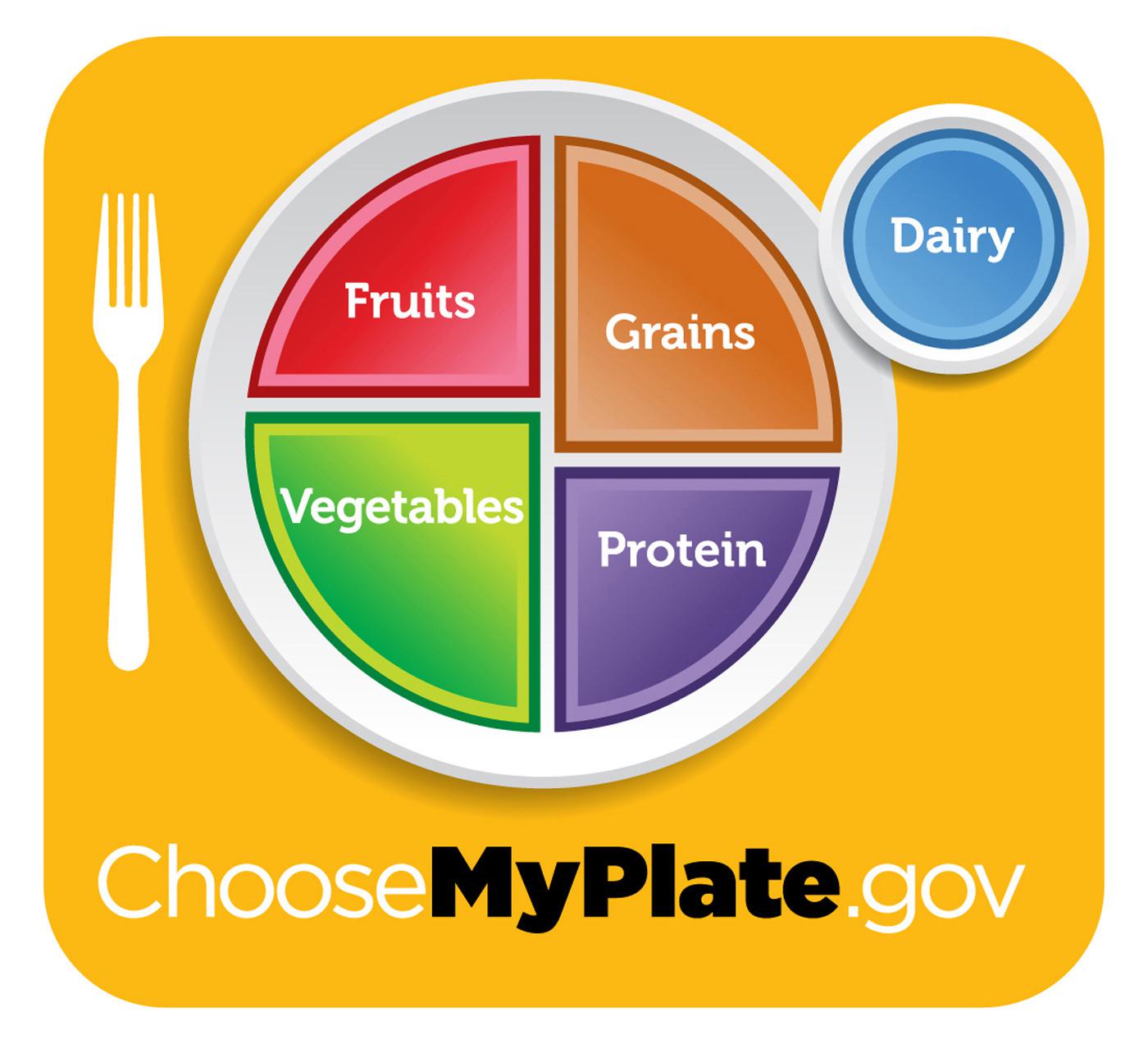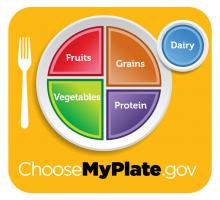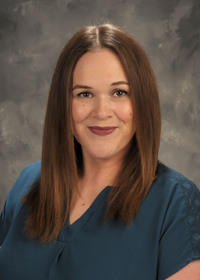Information Possibly Outdated
The information presented on this page was originally released on September 8, 2011. It may not be outdated, but please search our site for more current information. If you plan to quote or reference this information in a publication, please check with the Extension specialist or author before proceeding.
Eat for the health of it with MyPlate
MISSISSIPPI STATE – The U.S. Department of Agriculture introduced a new, user-friendly icon designed to make healthy eating easier.
MyPlate, the new graphic, depicts a round plate divided into four colored sections, labeled fruits, vegetables, grains and protein. A circle, labeled dairy, represents a glass of milk. The icon is part of the education campaign for the latest Dietary Guidelines for Americans.
“We eat off of plates, not pyramids,” said Kristine Dixon, dietetic intern in Mississippi State University’s Department of Food Science, Nutrition, and Health Promotion. “MyPlate was designed as a visual reminder to help people make better choices about what they eat on a meal-by-meal basis. The corresponding website, ChooseMyPlate.gov, has interactive tools, helpful tips and detailed information about nutrition and physical activity.”
Dixon said that the easy-to-understand nutritional information was intended to help address the issue of obesity in the United States.
“In 2010, nearly 34 percent of Mississippi’s adults were obese,” she said. “The new dietary guidelines stress the importance of calorie balance over time and encourage the consumption of nutrient-dense foods and beverages.”
LaTorya Smith, also a dietetic intern, emphasized the importance of setting good habits at an early age.
“It doesn’t have to be complicated. You don’t need a calculator,” she said. “Stop eating when you’re satisfied, not full. Eat what you like, just less of it.”
The food pyramid that most people are familiar with is still accurate and has not been replaced by MyPlate. The pyramid was simply too complicated to be a practical tool.
“MyPyramid will still be used in educational settings,” said Brent Fountain, MSU Extension Service human nutrition specialist. “Daily nutritional recommendations -- what and how much to eat -- have not changed. MyPlate makes it easier to look at what you eat and ask: ‘Does what I have on my plate mirror what is recommended?’ Is half of your plate fruits and vegetables?”
Fountain said Americans may need to rethink how they plan their meals.
“Typically, we start with the entrée, which is usually meat or chicken,” he said. “An optional method is to select vegetables and fruits first, then add whole grains and choose a protein that will complement the other choices, whether that protein is found in fish, meat, beans, or dairy. By taking such an approach, consumers can guarantee that they are eating the recommended amount of fruits and vegetables for optimal health.”
For people who frequently eat at restaurants, Smith suggested checking menus online and researching the nutritional value of meal options to make informed healthy choices.
“A fast-food meal can easily represent half of your calories for the entire day,” she said. “Start with a salad to fill you up, and ask for the dressing on the side. Avoid high-calorie appetizers and desserts, drink water or unsweetened tea instead of sugary soft drinks, and choose grilled, not fried, foods.”
Other ways to eat healthier include: switching to skim or 1 percent milk; choosing 100 percent whole-grain cereals, breads, crackers, rice and pasta; eating beans, lean proteins and seafood; switching from solid fats to oils when preparing food; and avoiding added sugars and salts.








